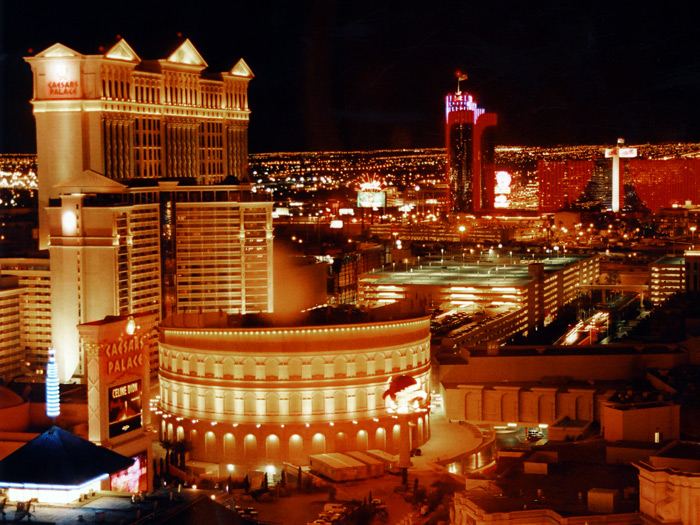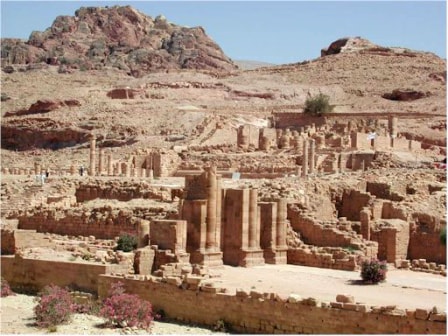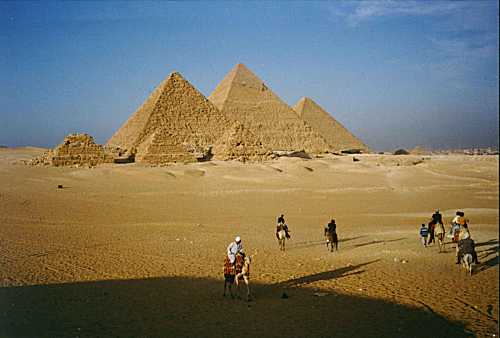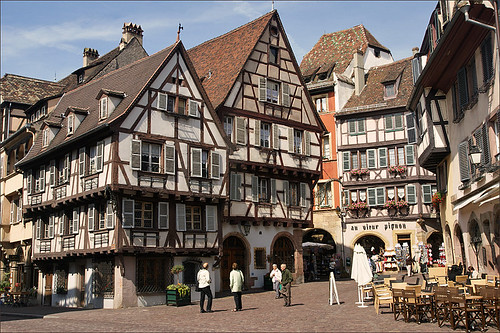
Hunawihr (German: Hunaweier) is a very small pretty wine-growers'village in the Haut-Rhin département, in Alsace, France.
Among the vineyards, on the top of a hill, stands a small, fortified church from the 14th century. Ever since the Reformation, the village church has accommodated both Protestants and Catholics, and up to the present day, the two denominations have always cohabited in one and the same sanctuary - worshipping at different hours, of course, and also burying their dead in two separate graveyards.
The hilltop site offers an interesting view over the Alsace Plain (between the Rhine and the mountains) and the castles which used to protect the shifting borders between France and Germany.
Hunawihr is a classified 'most beautiful village of France'
Close by to Hunawihr is the centre for the reintroduction the stork in Alsace - an important attempt to slow the decline in the 'trademark' bird of the region.
Next to the stork centre there is a botanical centre in which hundreds of butterflies, including many exotic species, can be seen in their natural environment.

















